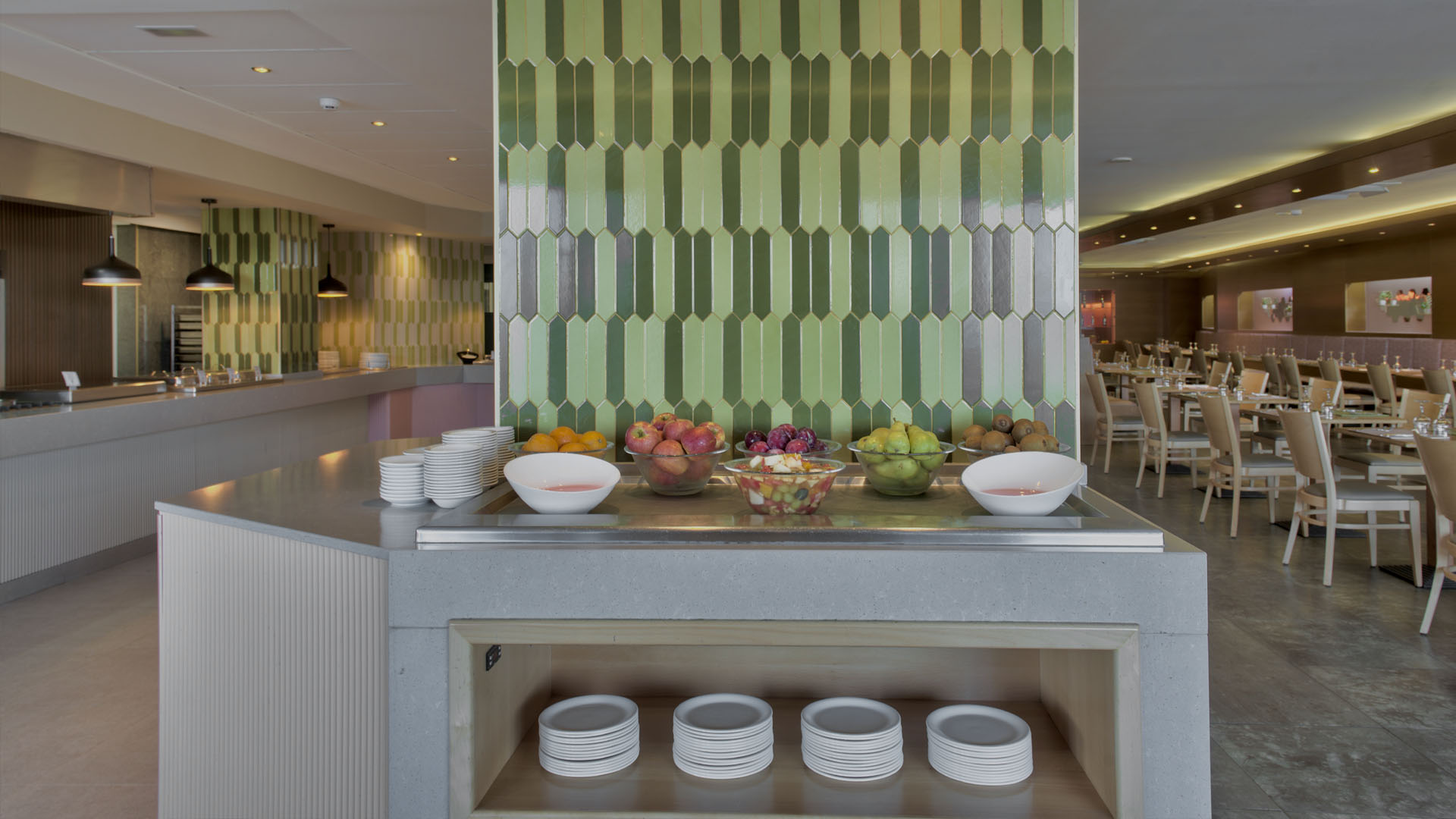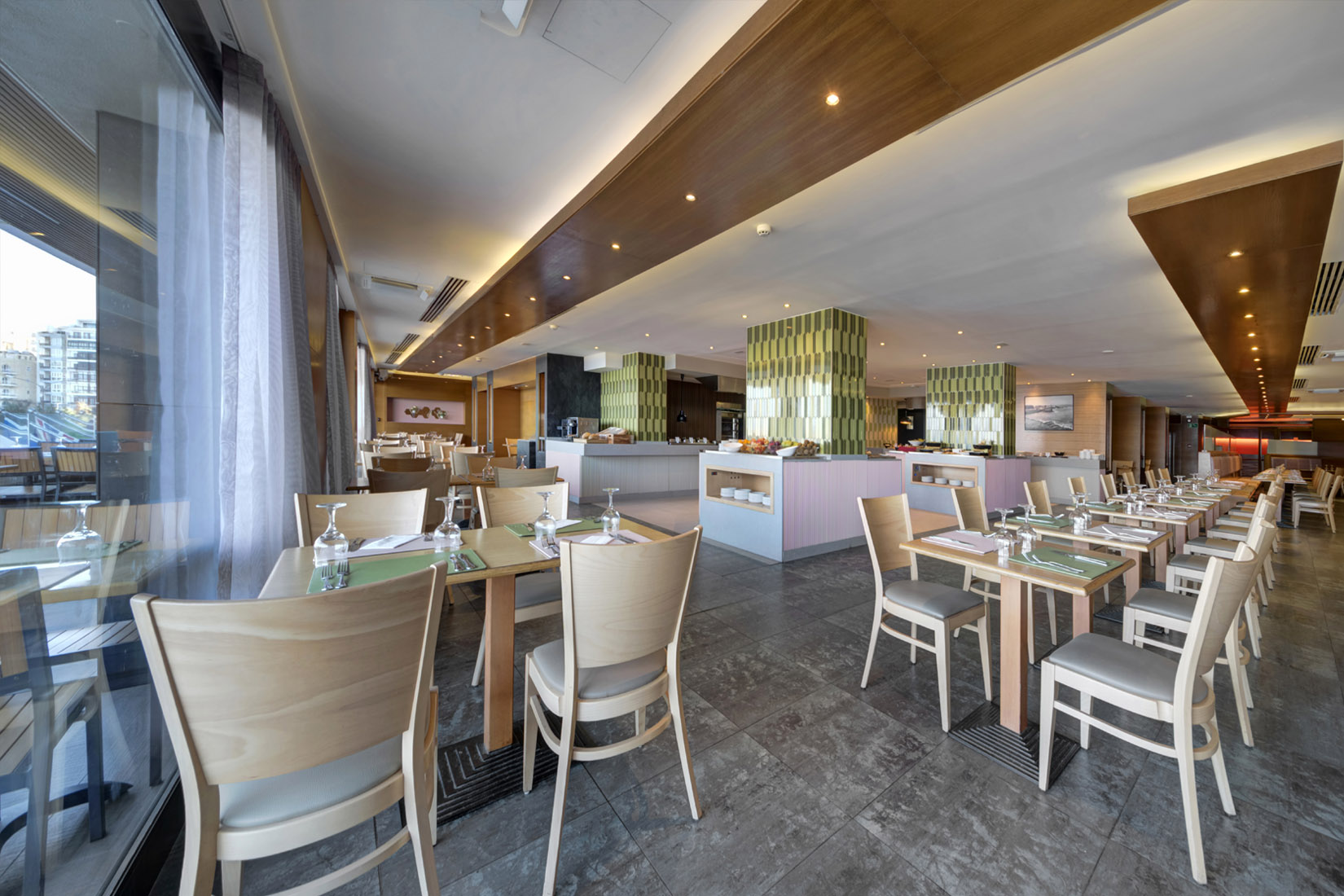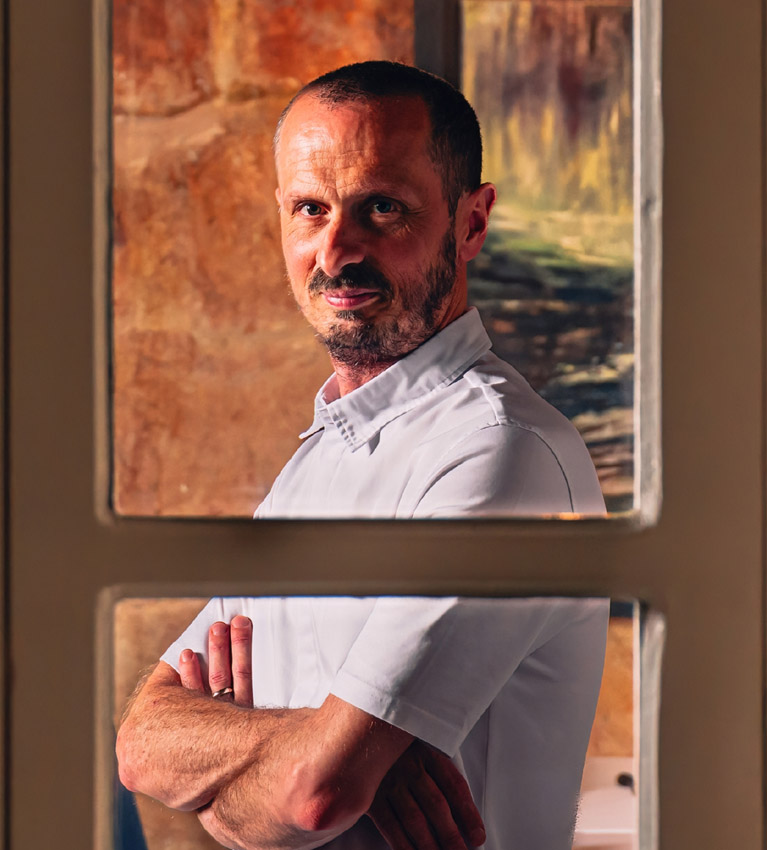
Interior Design – Longevity & Sustainability

Avenir – a Contemporary MICHELIN Bib Gourmand Bistro-Style Restaurant in Barcelona
November 8, 2023
HORECA 101 – Ryan Galea
November 13, 2023Sustainability is moving from being a mere buzzword to a future where it will become the new norm.
The interior designer industry, especially in the hospitality sector, should ingrain the sustainability factor into their design approach. “Sustainability is the baseline of any design framework and it is to form part of an integrated strategy.”
To be sustainable means to consider the longevity of an interior and to understand that the initial investment will pay off by reducing waste and unpredictable spending in the future. The environmental sensitivities must also be considered from the orientation, the flow through the space, the use of natural light, ventilation and the materials used. In turn this outlook will translate to the traveller when selecting their accommodation.
Longevity is only possible if the design is adaptable, flexible and of course timeless. “A palpable sense of place contributes towards the user experience who is visiting the place to collect memories. The chain of emotions that are felt are what the visitor retains from their travel.” This plays a defining role as to whether they are likely to return to the same place, in the same hotel. Customer loyalty is a success story.

Project Highlight:
Main Restaurant, Preluna Hotel and Spa
The project entailed rethinking the buffet service stations to increase better flow through the space. The overall result is a dynamic yet functional dining experience.
Main Restaurant, Preluna Hotel and Spa
The project entailed rethinking the buffet service stations to increase better flow through the space. The overall result is a dynamic yet functional dining experience.
A holistic approach to design has multiple advantages. It avoids the quick ships, last minute decisions and piecemeal solutions that is likely to result in a half realised concept. Instead it plans and foresees the basic aspects of energy efficiency, the materials used. Working with local manufacturers and artisans contributes significantly to the quality and longevity of the final interior.
For example a small detail is to use rounded corners and not straight edges on furniture which are not only less prone to chips but are also much easier to be repaired and are not written off as ruined. ”Using materials such as recycled wood, recycled glass, recycled stone, bamboo, cork and linen are all options that can be aesthetically pleasing.”
The world has transitioned into increased contactless experiences, sustainable living and a desire for more intimate natural spaces, the hospitality sector has been adapting to match these experiences and will continue to evolve in the future. Intelligent designers understand this fact, and they create designs that facilitate and enhance the functionality of the space using the foundations of sustainability as a backbone.

Davina Preca
Interior architect Davina Preca completed the International Baccalaureate in Oxford, then graduated with a BA (Hons) in Interior Architecture & Design from Nottingham Trent University UK in 2001, after a few years she founded her own studio. A deeply rooted family business in the hotel and restaurant industry led an evolution towards specializing in hospitality and restaurant design. www.davinapreca.com | lime@davinapreca.com
Click here to see Horeca Issue 13 online



